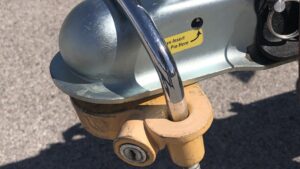Junkyard Gem: 1979 Ford Fairmont Station Wagon
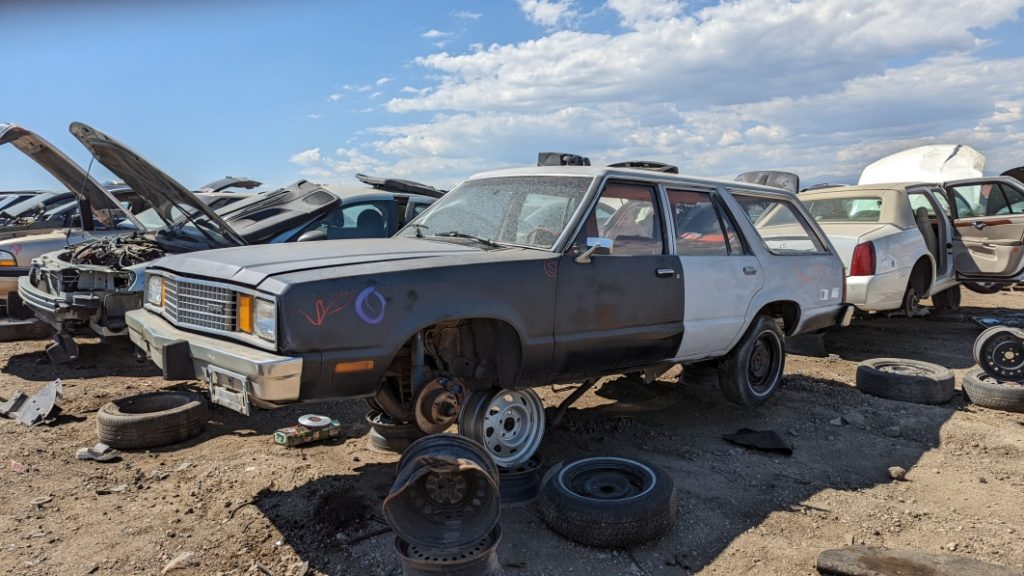
During the heyday of the station wagon (Peak Wagon in America came in either 1964 or 1977, when car shoppers could choose between 47 different wagon models), Ford proclaimed itself to be the Wagonmaster in its marketing materials. In 1979, Americans could buy Ford-badged longroofs in three sizes (four, if you count the Econoline-based Club Wagon as a true wagon, which I don’t), from the little Pinto on up to the mighty LTD Country Squire. In between those two came the midsize Fairmont wagon, which lived on the new-for-1978 Fox platform and thus was sibling to the same-year Mustang. Here’s one of those Fairmont wagons, now residing in a Denver self-service wrecking yard.
The door tag tells us that this car was born at the Kansas City Assembly plant and ordered through the Denver District Sales Office. The original engine was the 200-cubic-inch (3.3-liter) straight-six (which was available in the Mustang through 1981, believe it or not).
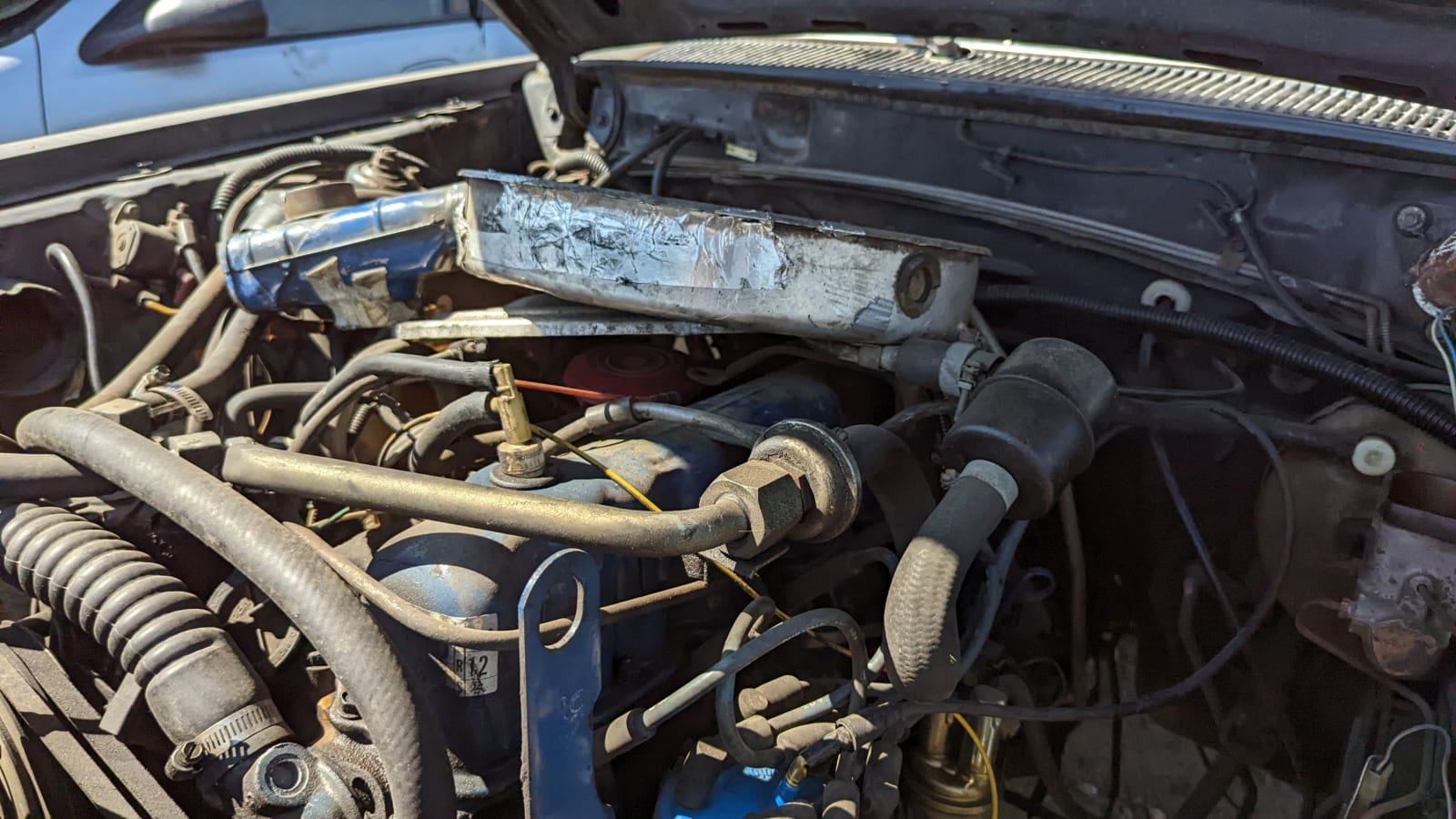
Knowing how Fox Fords get engine swaps like some people change their socks (i.e., every few years), we can’t be sure this is the original 200. If it is, then it was rated at 85 horsepower. The base engine in 1979 was the 2.3-liter straight-four from the Pinto, which made three more horses than the 200 (keep in mind that the 200 beat the 2.3 on torque, by quite a bit: 154 lb-ft versus 88 lb-ft).
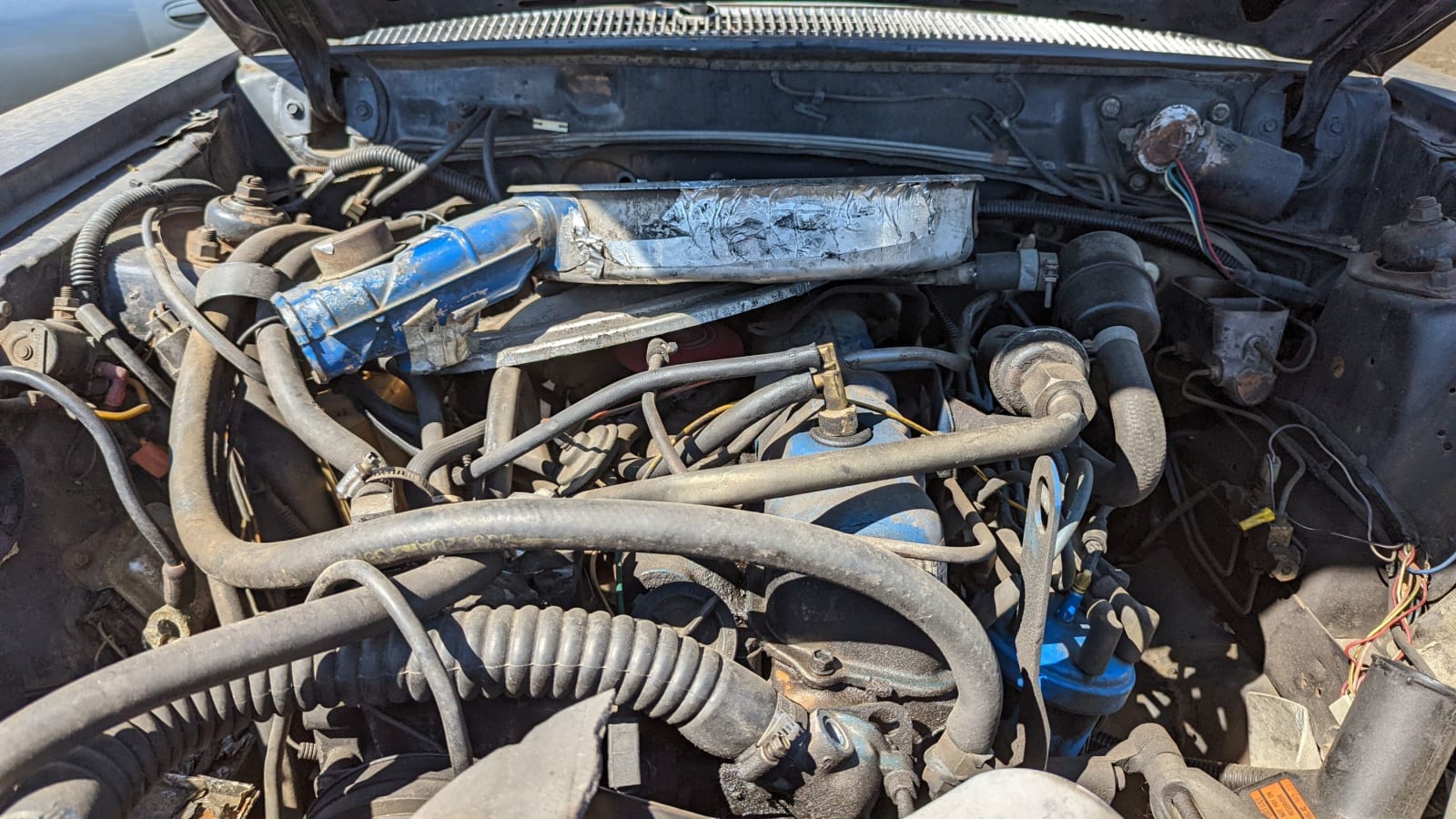
An optional 302-cubic-inch (5.0-liter) small-block V8 was available as well. If you chop two cylinders off this 200, you get the Ford HSC four-cylinder, developed for transverse-mounted use in the Tempo/Topaz a few years later.
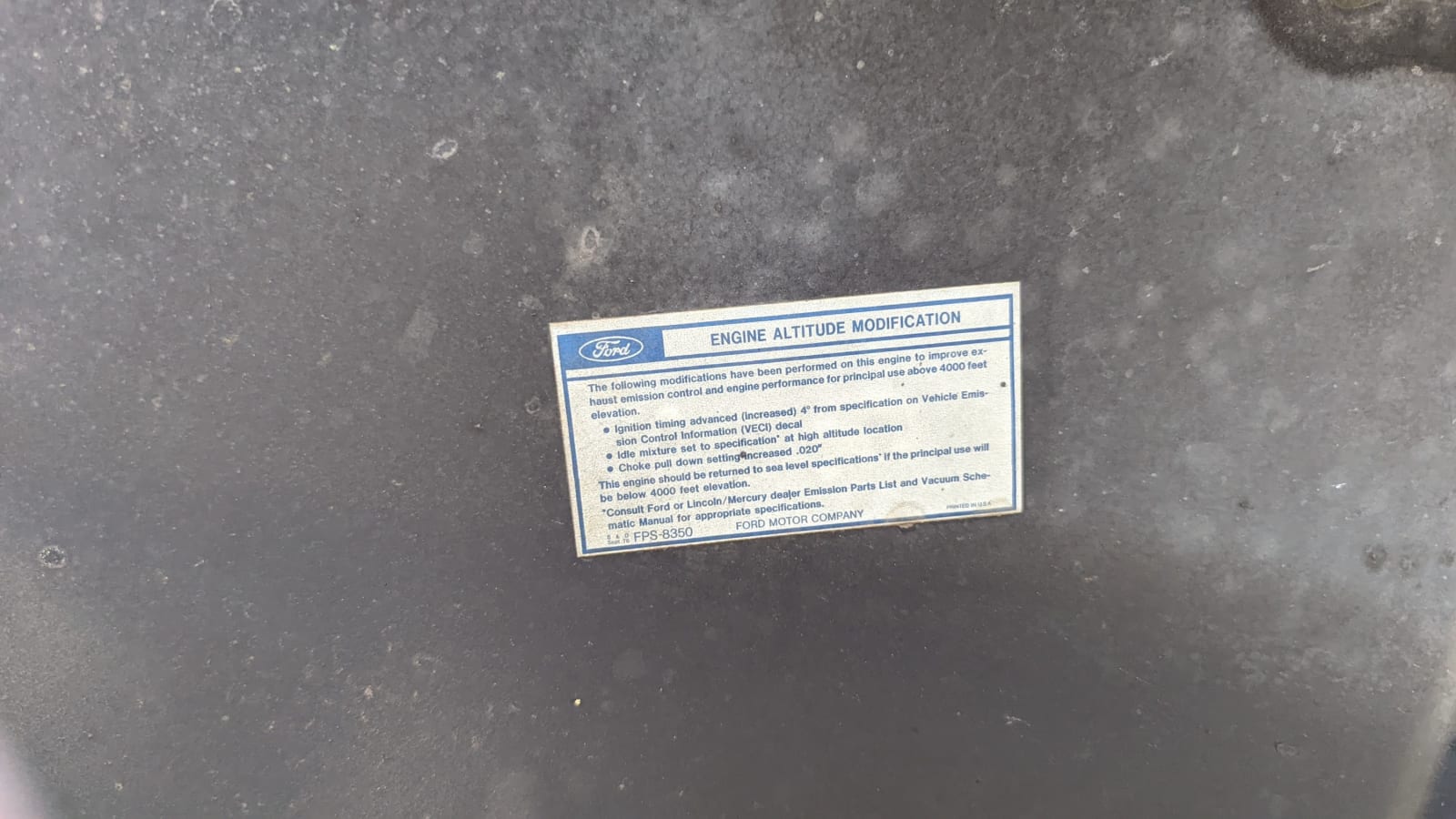
Because it was sold new a mile up (actually at 5,518 feet up, the elevation of Lakewood), the engine settings were adjusted for the thinner air.
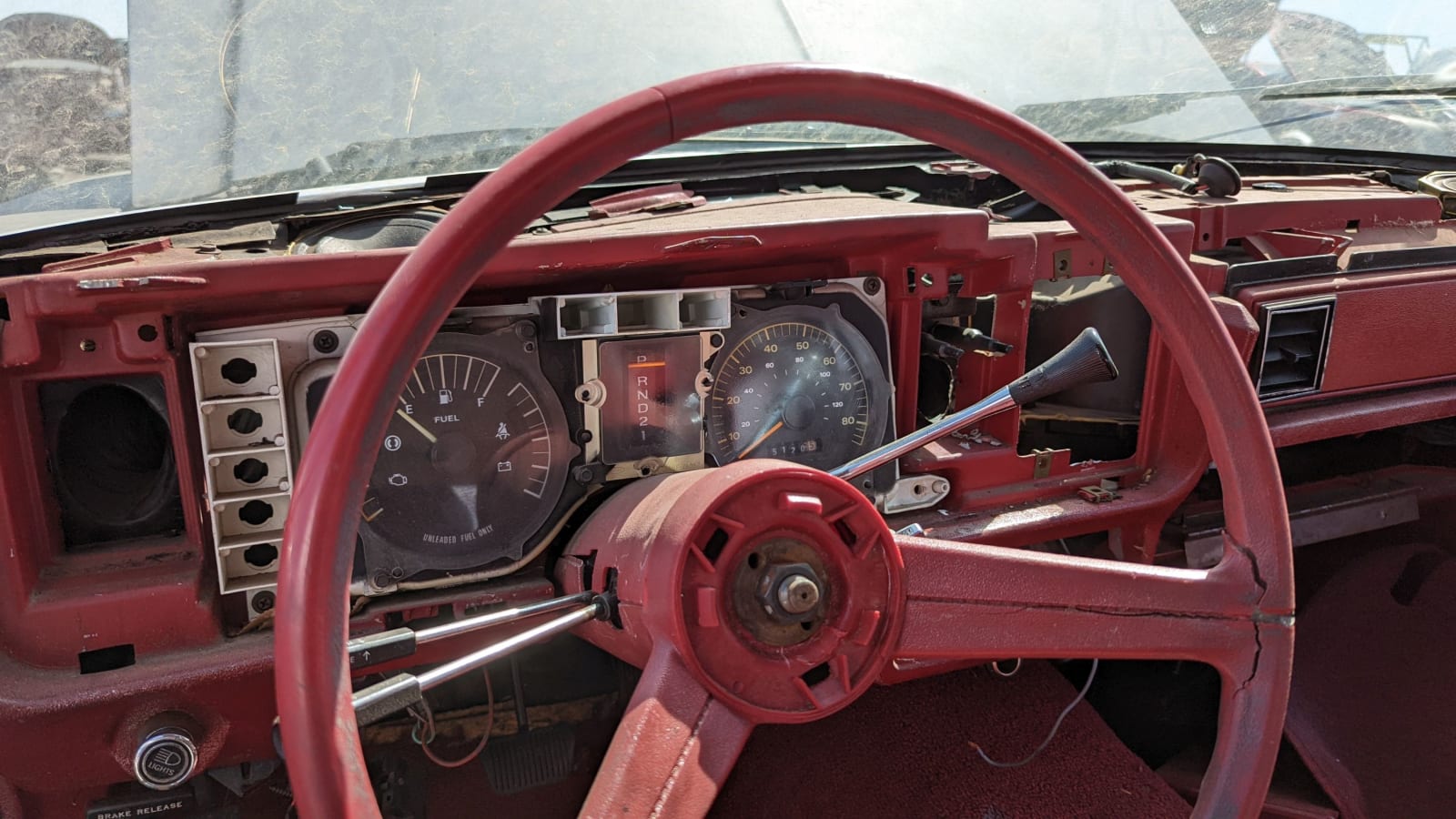
A four-on-the-floor manual transmission was base equipment, but I’ve never seen a Fairmont wagon so equipped.

The Mercury-badged twin of the Fairmont was the Zephyr, and of course you could buy a wagon version.
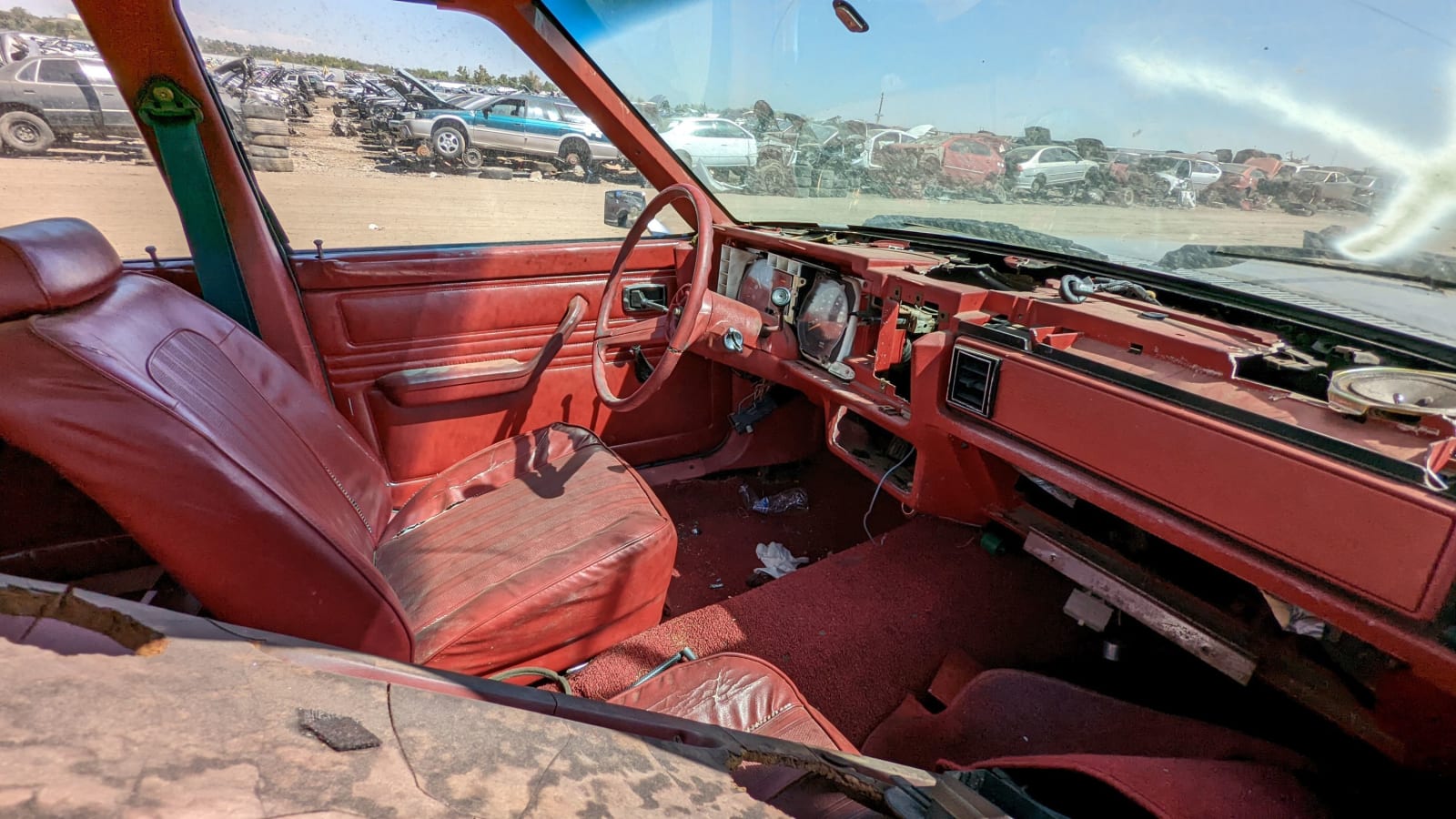
This car has the bucket seats in “wicker-weave” vinyl. If you got the manual transmission in your Fairmont, you had to get the bucket seats (Ford stopped putting three-on-the-tree column-shift manuals in US-market cars after the 1977 Maverick/Comet, though Ford sold three-on-the-tree F-Series pickups through 1986).
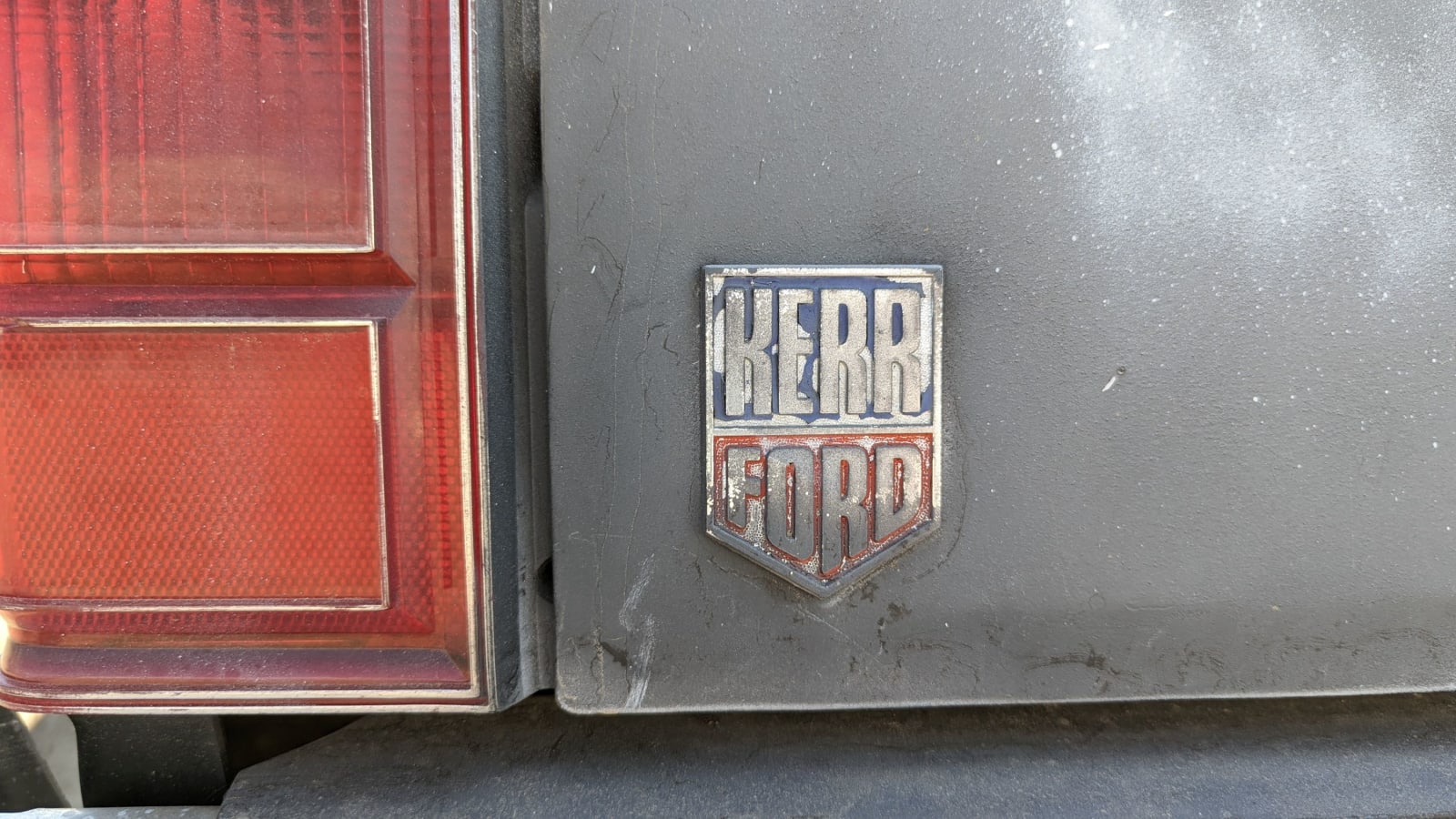
Kerr Ford is no more, but it appears to have been a dealership in Lakewood, just outside the Denver city limits. This car will be crushed about 14 miles from the place at which it was sold new.
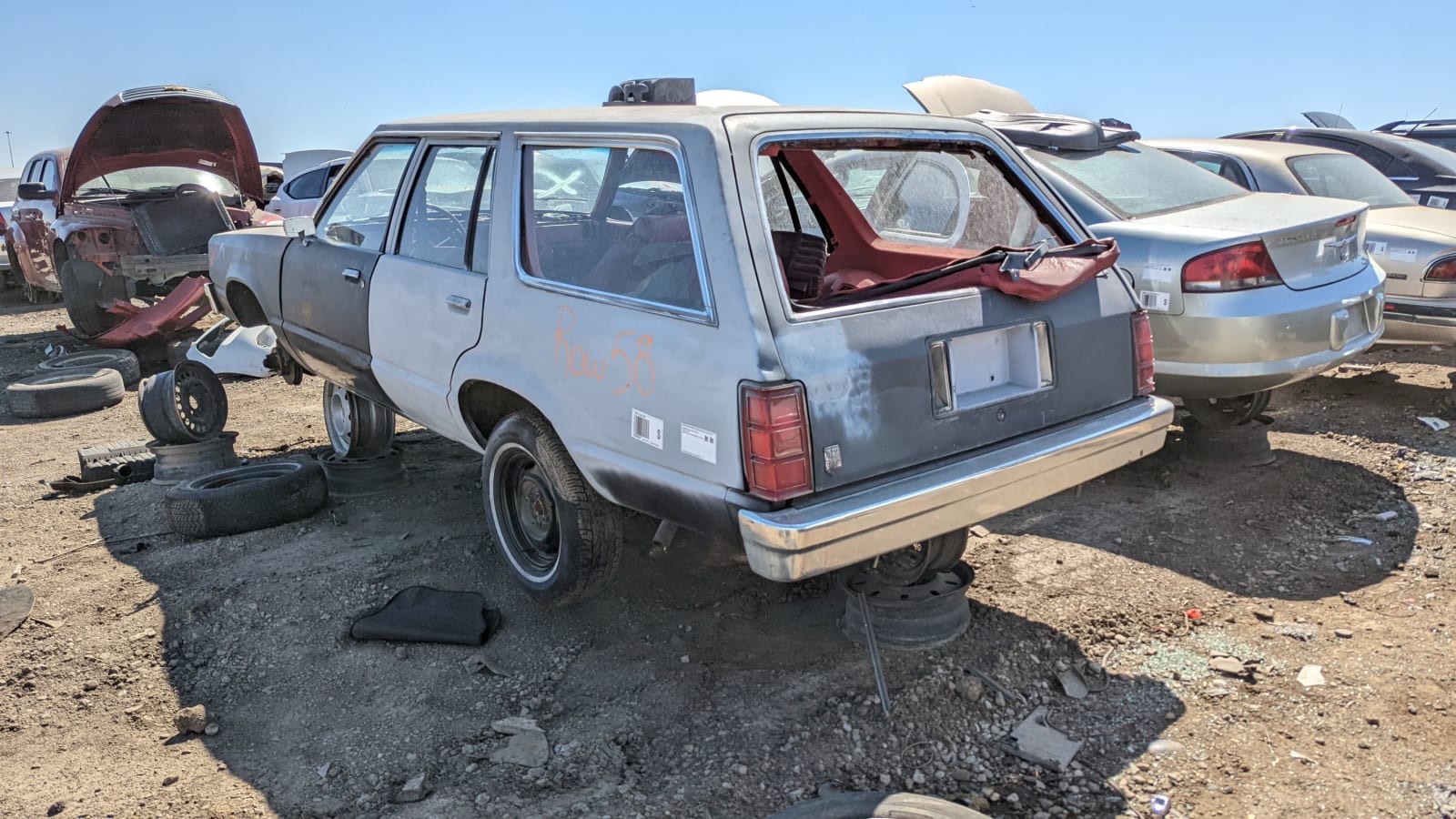
Because the Fox-platform cars were lightweight and had rear-wheel-drive (and, crucially, because the 1979-1993 Ford Mustang was a Fox), with bolt-on parts interchange between all the models, they are very popular among modifiers and drag racers. I’ve heard that it’s nearly impossible to find Fairmonts and Zephyrs at reasonable prices in some parts of the country, but I still see these cars in Front Range Colorado wrecking yards.
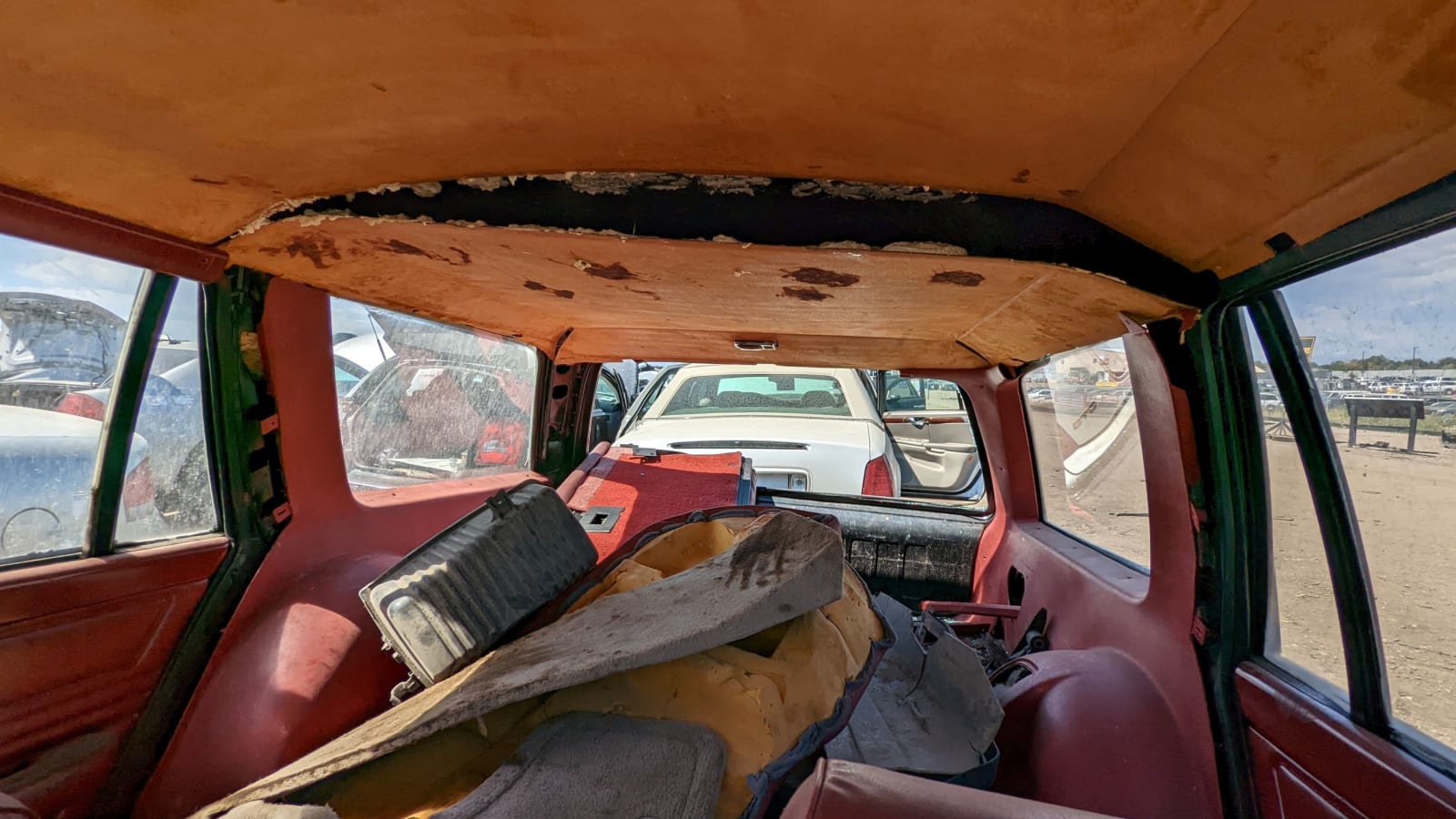
Car enthusiasts love Ford Foxes and they love wagons, but this one is a battered straight-six/automatic car in two-tone primer paint and so couldn’t find someone to rescue it.
Just in time for the 1979 Oil Crisis!
America’s best-selling wagon in 1978, according to Ford.
Sadly, today’s Junkyard Gem never got to do this.
Related video:
